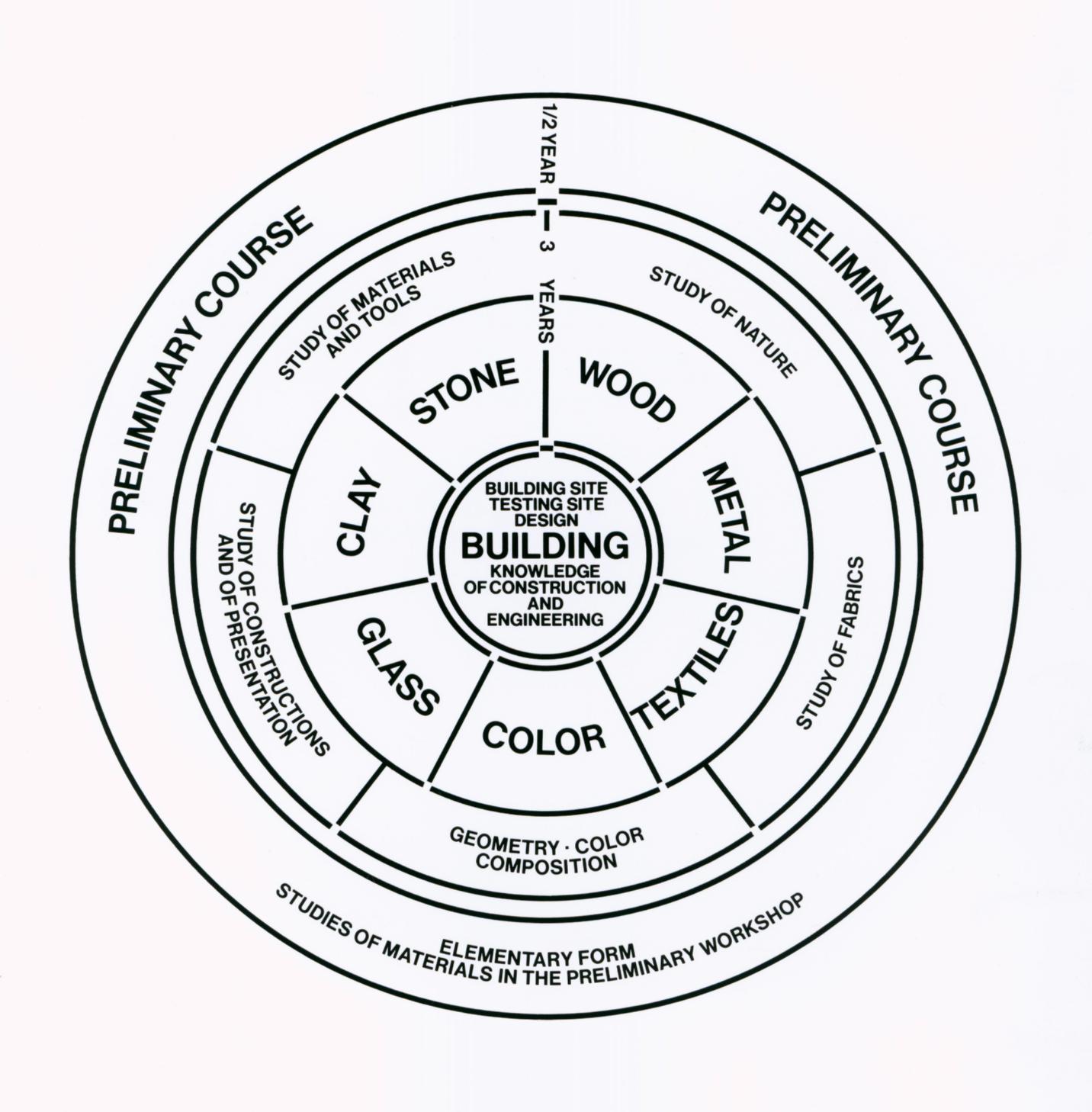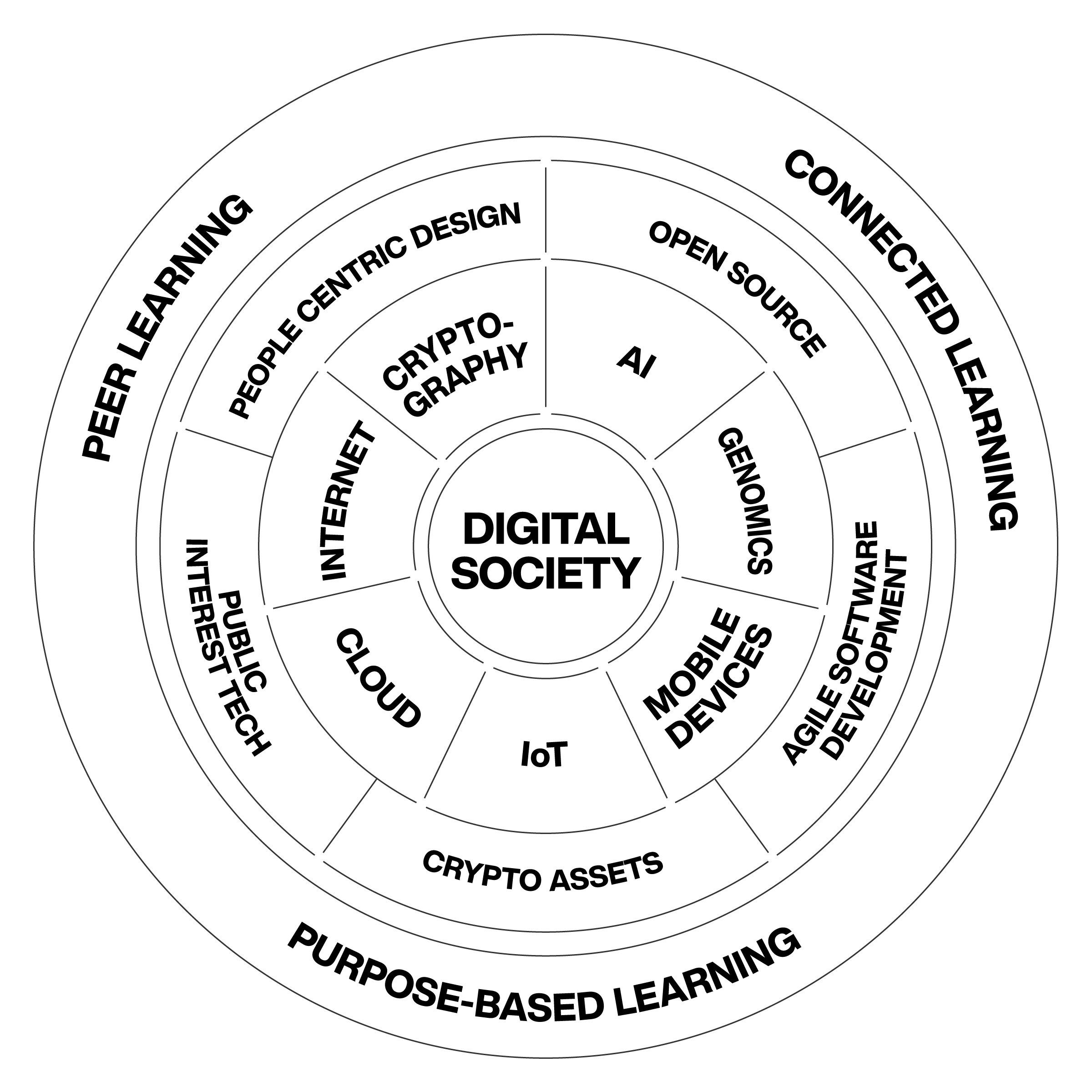Key Ideas and Concepts
Antidisciplinary
Interdisciplinary work is when people from different disciplines work together. An antidisciplinary project isn't a sum of a bunch of disciplines but something entirely new - the word defies easy definition. It is someone or something that doesn't fit within traditional academic discipline-a field of study with its own particular words, frameworks, and methods. Most academics are judged by how many times they have published in prestigious, peer-reviewed journals. Peer-review usually consists of the influential members of your field reviewing your work and deciding whether it is important and unique. This architecture often leads to a dynamic where researchers focus more on impressing a small number of experts in their own field than on taking the high risk of an unconventional approach. This dynamic reinforces the cliché of academics-learning more and more about less and less. It causes a hyper-specialization where people in different areas have a very difficult time collaborating-or even communicating-with people in different fields. Antidisciplinary research is akin to mathematician Stanislaw Ulam's famous observation that the study of non-linear physics is like the study of "non-elephant animals." Antidisciplinary is all about the non-elephant animals where the elephants are the disciplines.
Imagine a huge piece of paper that represents "all science." The disciplines are little black dots on this paper or planets in space. The massive amounts of white space between the dots represent antidisciplinary space. Many people would like to play in this white space, but there is very little funding for this, and it's even harder to get a tenured positions without some sort of disciplinary anchor in one of the black dots.
Working together on big projects will help bring researchers together across disciplines - creating a single science instead of fragmented disciplines. We will still need disciplines, but it's time we focus on a higher mission and the changes needed in academia and research funding to allow more people to work in the wide-open white space between disciplines - the antidisciplinary space.
A New Architecture

The famous Bauhaus wheel shows how new materials, new disciplines, and a new educational curriculum empowered a new architecture, sensibility, and design to emerge from Bauhaus 100 years ago.
We propose that new technologies are new materials that must be well-understood and provide an opportunity to change what we can build and fundamentally imagine. Just as metal and glass didn't just replace wood in traditional physical architecture, new technologies like cryptography or genomics shouldn't merely replace parts - they should fundamentally change the sensibilities of what we can and should make and how we approach the architecture.

変革 - Henkaku
Henkaku means "to change radically, to make something new."
The word "transformation" means changing something, making something new.
The word henkaku means to change and is used to make a major change. Here is an explanation of the meaning of each kanji and its origin.
変 hen is a Chinese character meaning "to strike the vessel that contains the vow to God" (there are various theories).
Therefore, it seems to have come to mean "to break a vow = to change."
The old form is 變, which explicitly shows the meaning of each of component kanji.
The Chinese character 革 kaku (leather) means "the skin of a beast that has been opened (processed)."
From this meaning, the word "leather" means "to turn into leather = to go out of the natural state = to change into something new."
From this meaning, it seems that the word kaku came to mean "to change into something new."
Therefore, when the two are combined, it means "to change the current situation."
Revolution is based on the I Ching (Leather Trigrams), a Chinese Zhou Dynasty divination book and one of the Five Classics.
The word 革 "revolution" is derived from the I Ching (leather oracle), one of the Five Classics of divination during the Chinese Zhou Dynasty, where "leather" means "to renew" and "life" means "heavenly command." In ancient China, the Son of Heaven was said to rule the world.
According to the order of Heaven, a 革 "revolution" meant a change in the order of Heaven and a change in dynasty.
From the early Heian period onward, 革 "revolution" was also used in Japan to change the ruler. Still, in the Meiji period (1868-1912), it became a translation of 革 "revolution" and came to mean a change in society by the ruling class taking over power.
Furthermore, 革 "revolution" came to be used in the sense of a radical change that overturned the existing society and in the sense of a sudden change regardless of politics.